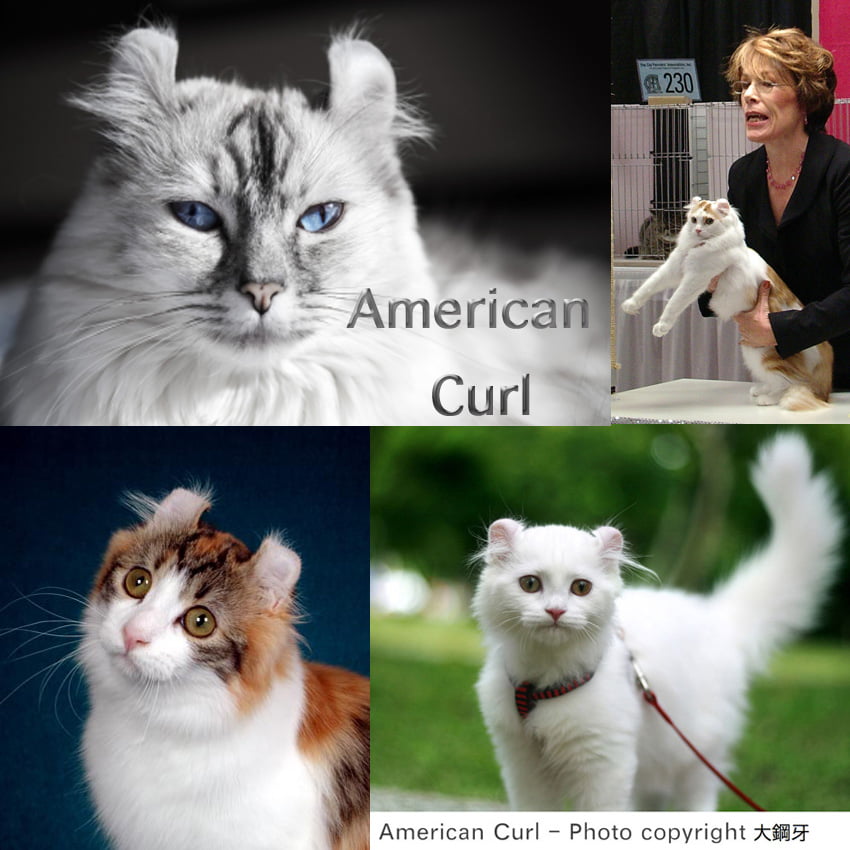The reason why the American Curl should never have been created is because this is a standard cat in all respects except for the ears which are less attractive than normal ears and in terms of feline anatomy they are defects. That’s three reasons in one sentence. Why, therefore, did the cat associations accept the cat? There is no advantage to the cat fancy. There is no justification for it. It doesn’t add to the stable of cat breeds in any meaningful sense.

The reason why the ears curl back is because of a dominant mutated gene. If an American Curl were to be mated with a moggy luck would dictate whether the resulting litter of kittens had straight ears or some had curled ears and some didn’t, or they all had curled ears.
This is a mutated gene, as mentioned, which just happened to occur. It occurred in the moggy population. And a married couple spotted this cat with ears that curled back and decided to make a breed out of it. Those people were Joe and Grace Ruga. It happened in the summer of 1981 in California. They saw the opportunity to make history in a minor way and took it but what a waste of time.

The American Curl coat can be seen in all categories, all divisions in all colours. This means that any colour or pattern that TICA recognises as acceptable. Gloria Stephens, a former or current show judge, in her book Legend of the Cat, writes, “In TICA, the American Curl is allowed to have an open registry until the year 2001, thus allowing the American Curl to incorporate the “street” knowledge of the non-purebred cat into its gene pool.”
This seems to be a recognition that this cat is not far from being a street cat. It is just dressed up to look a bit prettier. But what distinguishes this cat from all other cat breeds is those strange ears which look less attractive than standard feline ears.

And if this genetic mutation had happened in the wild, it is likely that the dominant gene would have died out because there is no advantage to having ears like this in terms of survival. In fact it would be reasonable to say that American Curl cats probably hear slightly less well than cats with normal ears as the ear flaps (pinnae) are less efficient at capturing sound waves. Although it is probably so slight as to make no real difference. But there’s a point to be made which is that the ears are effectively defective so why build a cat breed around a defect?

